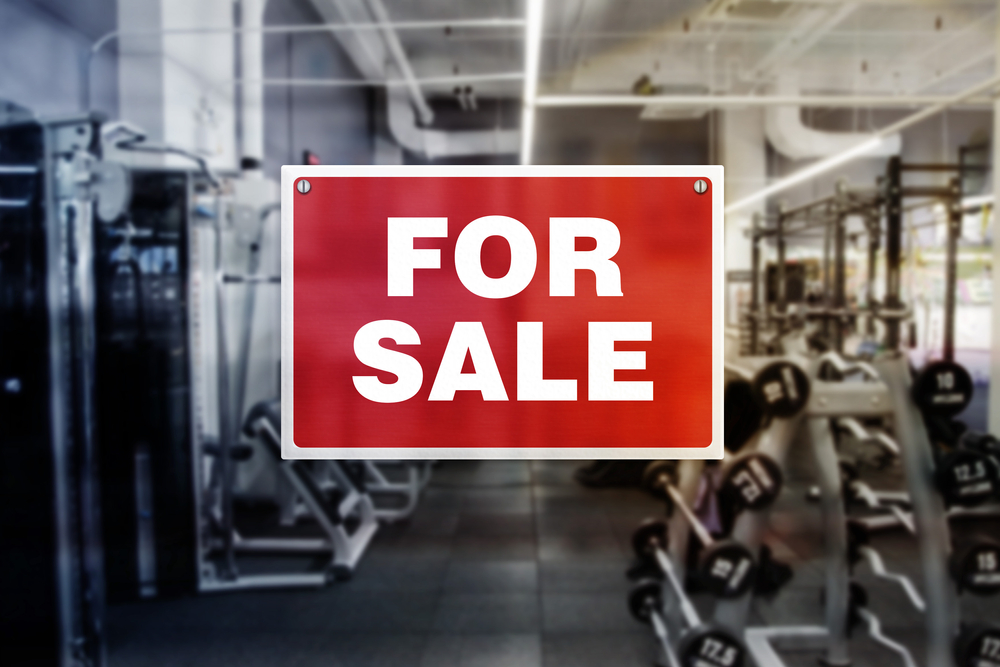Fitness Industry Associations Are Sounding An Alarm: Mass Closures of Studios Are Coming

One industry association is predicting a fourth of clubs won’t survive 2020 and another said 39 percent of independent gyms will be gone.
With the cataclysmic year of 2020 coming to a close and an economic relief package still being shuffled around Washington, industry groups are sounding the alarm, again, that many fitness studios and gyms are a breaking point and may close their doors permanently due to the economic impact of COVID-19.
Thirty-nine percent of independent gyms in a survey of 1,000 conducted by the Community Gyms Coalition predicted they will not survive 2021 without federal aid or a dramatic change to the COVID-19 situation.
The group also used data from Yelp and says it has determine that gyms had higher closure rates than restaurants or bars. According to the coalition, based on their respective sizes, the gym industry has a closure rate nearly five times that of restaurant industry and one-third higher than that of bars and nightclubs.
Using data from the major payment processing firms that deduct gym dues, the International Health, Racquet & Sportsclub Association determined that 15 percent of fitness studios that existed at the onset of the COVID-19 pandemic had closed permanently by the end of September 30. At that rate, one in four may be wiped out by the (rapidly approaching) end of the year. The IHRSA has been shouting that prediction at anyone who will listen for months.
It might be redundant to list the hardships fitness spaces have endured since the start of the pandemic, but here they are: Spring closures left them without income for months and because of the complexity of who is considered an employee, many were barred from federal programs to save small businesses and pay furloughed employees.
When many reopened in the late spring or summer, they faced the added cost of installing spacing signage and buying protective gears, while also dealing with a drop-off in foot traffic from people still weary to exercise in public and/or new restrictions on capacity.
Every problem seemed to compound. Workout buffs unable or unwilling to venture to the gym began home routines, strengthening industries of digital classes and home workout equipment whose offerings are more varied and attractive each week and seem destined to reshape the way many people work out, cutting gyms out of the equation.
According to the IHRSA, debts are piling up, landlords are less forgiving, memberships remain frozen and the cost of operating a gym is growing.
On top of all this, due to the fall and winter spike in COVID-19 cases, some states are again requiring gyms and other fitness spaces to close, including Minnesota, Oregon, Washington and Pennsylvania. In the critical state of California, workout centers must again set out operations outdoors.
Fitness industry groups have been heavily promoting the Health & Fitness Recovery Act, filed by U.S. Reps. Mike Quigley and Brian Fitzpatrick, a Democrat from Illinois and a Republican from Pennsylvania, respectively. The act would give $30 billion in grants to fitness businesses specifically. But almost all forms of aid have been scaled back as the Democratic House tries to concoct an act that will pass in the Republican Senate while fulfilling requests from the outgoing President Donald Trump.
Meanwhile, clubs are withering. They are trying to survive the year with, according to one study, two thirds of their usual revenue.
Nick Keppler is a freelance journalist, writer and editor. He enjoys writing the difficult stories, the ones that make him pore over studies, talk about subjects that make people uncomfortable, and explain concepts that have taken years to develop. Nick has written extensively about psychology, healthcare, and public policy for national publications and for those locally- based in Pittsburgh. In addition to Athletech News, Nick has written for The Washington Post, The Daily Beast, Vice, Slate, Reuters, CityLab, Men’s Health, The Gizmodo Media Group, The Financial Times, Mental Floss, The Village Voice and AlterNet. His journalistic heroes include Jon Ronson, Jon Krakauer and Norah Vincent.



